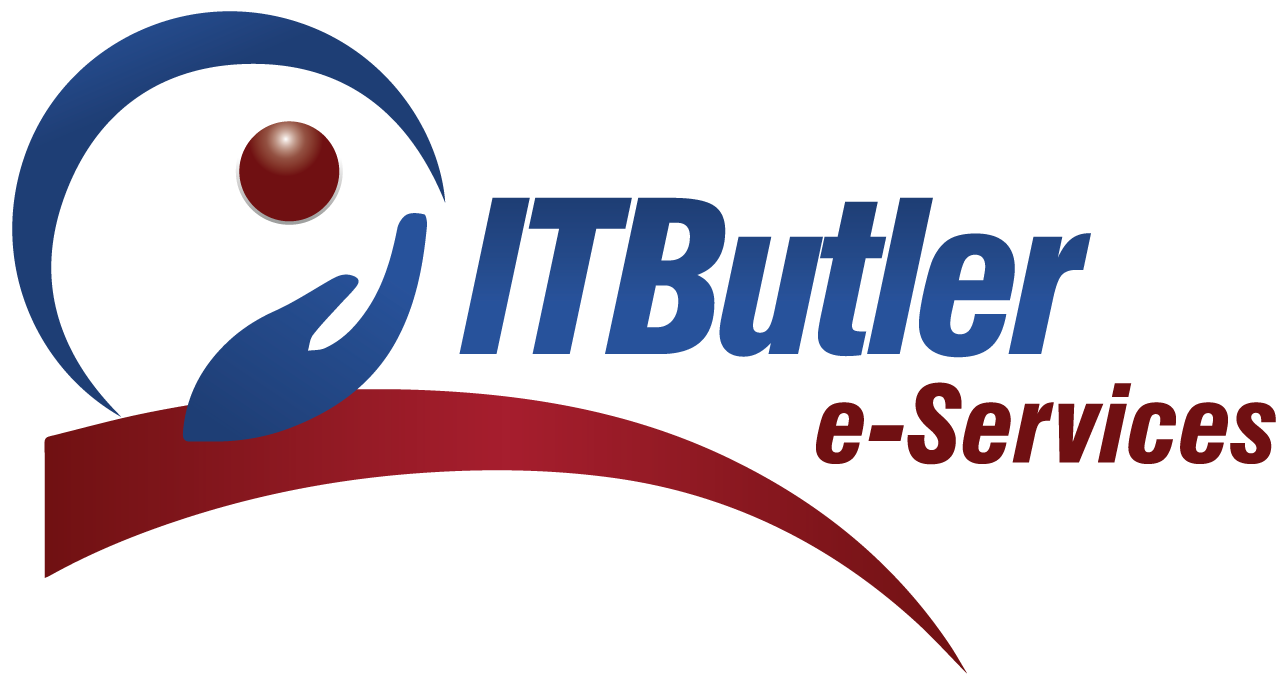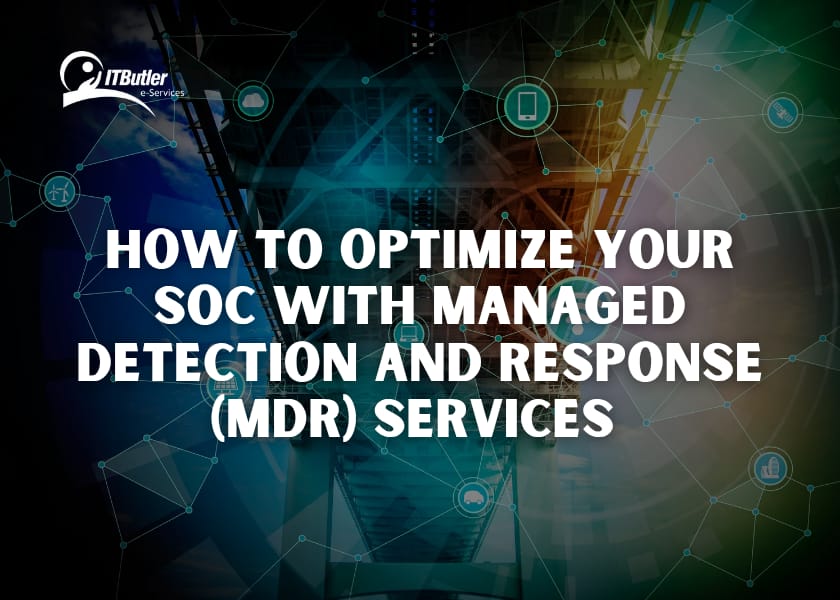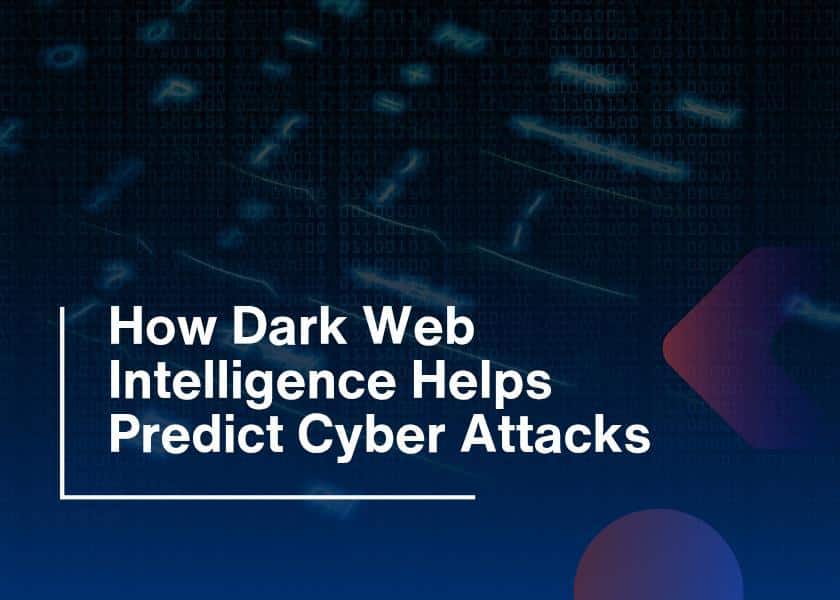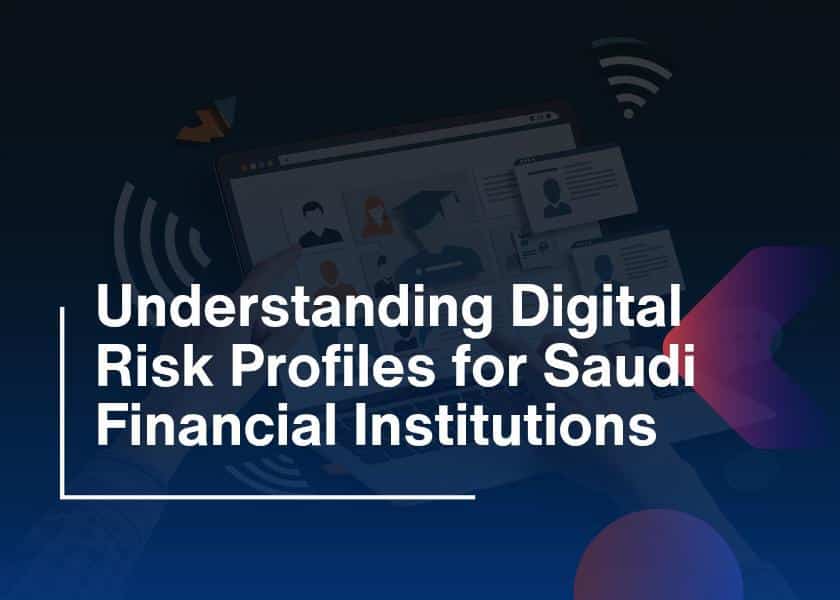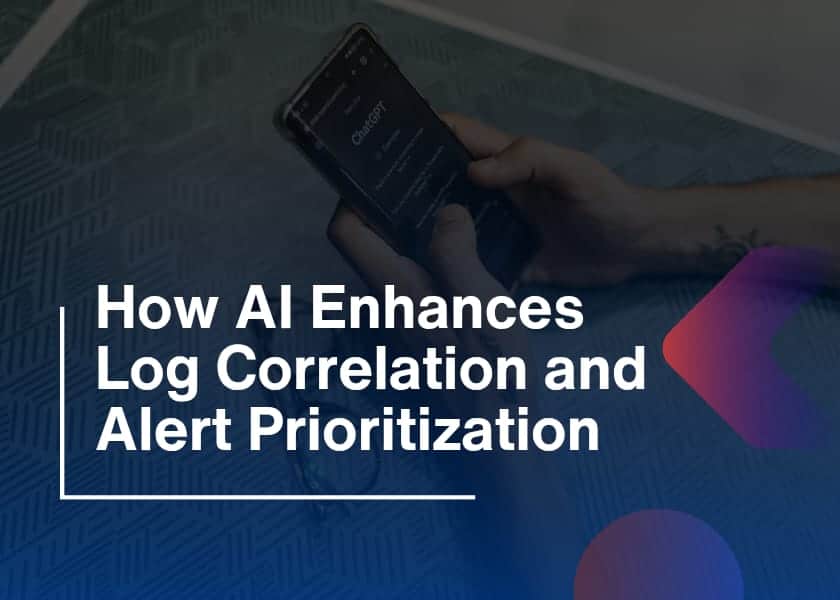Imagine your Security Operations Center (SOC) as the security headquarters of your company. However, security analysts face immediate threats from alarms and alert signals as they attempt to distinguish genuine threats from false indicators. Sounds intense, right? Now, ask yourself; Is your SOC optimization run efficiently, or is it drowning in alerts?
Traditional Security Operation Centers face multiple challenges because they handle immense amounts of data while experiencing delayed responses to threats that continue indefinitely. Therefore, security personnel always need to est that attackers do not rest but security teams must stay vigilant.
So your organization should consider implementing Managed Detection and Response (MDR) services as security partners that guide SOC operations to enhance threat detection speed and response speed as well as security strength.
Thus, this blog discusses how MDR optimizes the functionality of a SOC through its capabilities. Moreover, why should you care? The following part examines how MDR services optimize SOC performance.
What is SOC Optimization?
A SOC becomes more effective when security teams improve their speed alongside their accuracy and their ability to handle security events efficiently. Moreover, making your SOC function better through intelligence-based operations without excessive work efforts is the main goal.
An optimized SOC:
- Secured systems can detect security threats at earlier stages than damage occurs.
- Moreover, responds within minutes, not hours.
- Security teams dedicate their attention to active threats because MDR eliminates unessential security alerts.
- Networks together with cloud platforms and end device systems receive defensive protection through this system.
- Furthermore, the security operation employs AI and automation to react to emerging cyber threats.
Challenges of Traditional SOCs
The standard model for a non-optimized SOC consists of this pattern:
- Security analysts experience high alert volumes that create confusion when they need to distinguish between actual threats and background noise.
- Moreover, the investigative process takes too long which creates an opportunity for threats to move across systems before proper action can be taken.
- Maintaining a 24/7 in-house security team is expensive and resource-heavy.
- However, without AI and automation, SOCs react to threats instead of preventing them.
- The insufficiency of skilled analysts means that it is difficult to have qualified people in the market. Thus it overloads teams.
Hence, this is where various MDR services come into play.
What Are MDR Services?
MDR is a comprehensive security service that involves threat detection, artificial intelligence, and security information and event management. Moreover, it is a constant security team at SOC with a vigilant eye to monitor for any type of cyber threats.
How MDR Services do SOC Optimization
- Real-time threat detection using intelligent and machine learning assessment
- However, automated incident response to stop attacks instantly
- Proactive security threat intelligence feeds
- Hence the a need to exercise constant vigil against threats before they go viral.
- Furthermore, explore multi-faceted investigations by holding one’s expertise.
Now, let’s discuss how ROI can be achieved to get the most out of MDR within your SOC.
Integrating MDR with Your SOC
1. Enhancing Threat Visibility
The SOC must be able to provide proactive vigilance of security incidents that may occur within the networks, endpoints, and also cloud platforms. So MDR collects security data from:
- Firewalls and intrusion detection systems (IDS/IPS)
- Moreover, endpoint security tools (e.g., antivirus, EDR solutions)
- It deals in the products of cloud security solutions where companies such as Amazon Web services, Microsoft’s Azure, and Google’s cloud services exist.
- Lastly, user activity logs and access management systems
Thus, MDR guarantees that the organization does not leave any threat unchecked.
2. Automating Threat Detection and Prioritization
Currently, one of the most significant issues that many SOC managers face is how to sort out tens of thousands of alerts. So MDR services use:
- AI & ML to identify and classify the threats for auto-categorization
- To identify such usage that deviates from normal, behavioral analytics is used.
- Moreover, numbering the chances to cut exceptional threats from false alarms.
- Instead of inundating SOC teams with thousands of alerts every day, MDR only provides alerts the analysts need to take action on, genuine threats.
3. Speeding Up Incident Response
Every second counts in cybersecurity. Therefore, SOCs manage to respond more quickly through MDR.
- The solution automatically stops malicious threats from spreading across the network
- The process of segregating affected systems preserves the rest of the network infrastructure.
- Security Operation Center (SOC) analysts get the required guidance through multiple remediation steps.
- Guiding SOC analysts through step-by-step remediation

4. Conducting Proactive Threat Hunting
MDR operates actively inside your SOC by searching for threats that may hide beyond detection even before an attack occurs.
- Hunts for unusual activities that involve unauthorized access attempts among others.
- Security logs undergo analysis to detect covert attackers present in the network system.
- MDR technology can discover internal threats while they remain harmless.
- Moreover, MDR performs investigations of employee account activity when unusual patterns emerge to prevent insider threats and credential breaches.
5. Reducing SOC Workload and Costs
SOC optimization benefits from MDR which performs essential tasks that enable analysts to concentrate on security development while they avoid dealing with wrong alerts.
So a large MDR system enables organizations to save operational expenses on staffing their SOC teams. The system automatization streamlines the performance of standard security duties which helps save time. Thus, security analysts gain better productivity through MDR so they can devote their skills to genuine threats.
Best Practices for MDR and SOC Optimization
- Check for the most suitable MDR provider that offers the features of Artificial Intelligence automation and 24/7 threat observance.
- So when integrated with these solutions, MDR will provide full exploratory investigation results.
- It is then advised to utilize the MDR threat intelligence to forecast future attacks and avert them.
- Periodically report for the update of MDR to enhance SOC tactics.
Future of MDR and SOC Optimization
- However, the AI-driven autonomous security operations
- MDR services will become cloud-native
- Furthermore, the deep learning for predictive threat detection
- Lastly, zero-trust security models will integrate with MDR
MDR is the future orientation of SOC enhancement. Thus, it will assist businesses in addressing new risks.
8. Conclusion
It means that to mitigate cyber threats, one has to be as active as ever, thus it also applies to the SOC. Hence, the following is an implication of enhancing your SOC with MDR services:
- Faster threat detection
- Automated responses
- Better threat intelligence
However, if you are even partially using your SOC for manual handling of activities, it is best that you reconsider. So we would like to introduce the idea of the New MDR as the essential approach to achieving smarter, faster, and stronger security.
